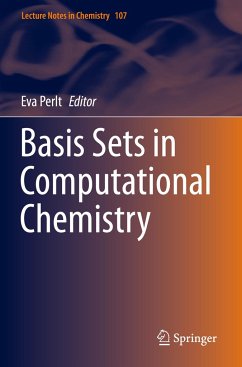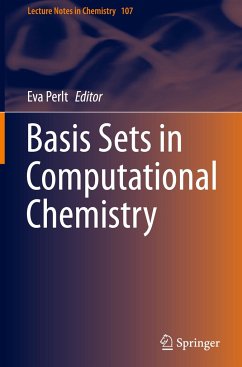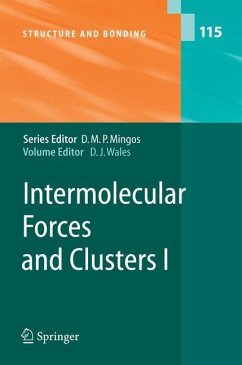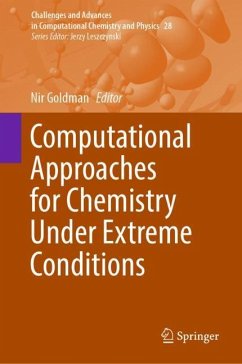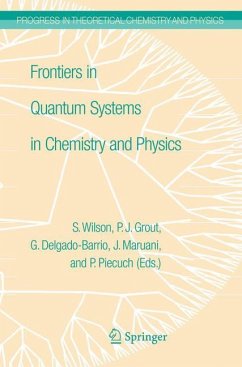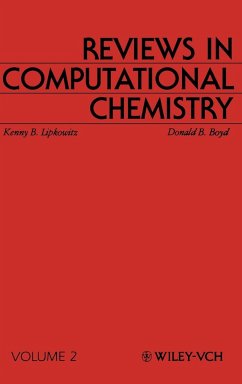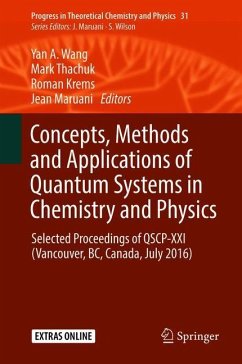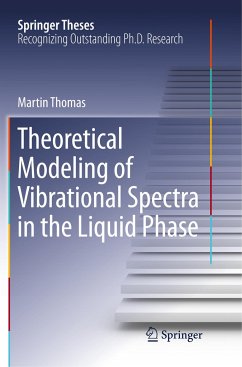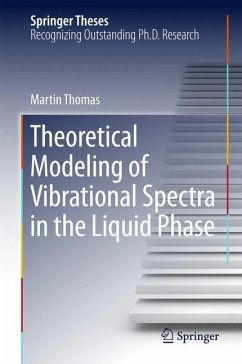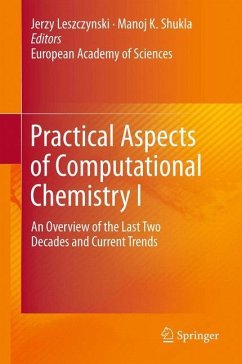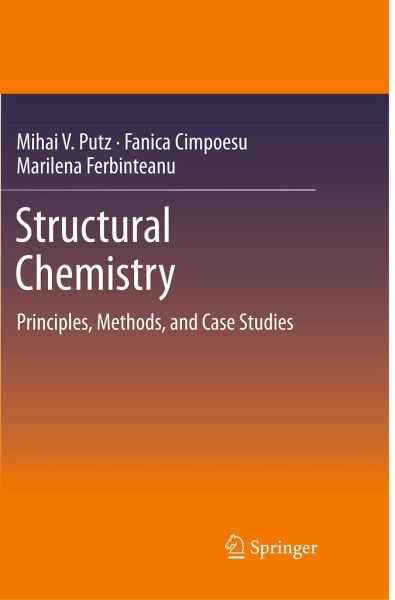
Structural Chemistry
Principles, Methods, and Case Studies
Versandkostenfrei!
Versandfertig in 6-10 Tagen
250,99 €
inkl. MwSt.
Weitere Ausgaben:

PAYBACK Punkte
125 °P sammeln!
This book explains key concepts in theoretical chemistry and explores practical applications in structural chemistry. For experimentalists, it highlights concepts that explain the underlying mechanisms of observed phenomena, and at the same time provides theoreticians with explanations of the principles and techniques that are important in property design. Themes covered include conceptual and applied wave functions and density functional theory (DFT) methods, electronegativity and hard and soft (Lewis) acid and base (HSAB) concepts, hybridization and aromaticity, molecular magnetism, spin tra...
This book explains key concepts in theoretical chemistry and explores practical applications in structural chemistry. For experimentalists, it highlights concepts that explain the underlying mechanisms of observed phenomena, and at the same time provides theoreticians with explanations of the principles and techniques that are important in property design. Themes covered include conceptual and applied wave functions and density functional theory (DFT) methods, electronegativity and hard and soft (Lewis) acid and base (HSAB) concepts, hybridization and aromaticity, molecular magnetism, spin transition and thermochromism. Offering insights into designing new properties in advanced functional materials, it is a valuable resource for undergraduates of physical chemistry, cluster chemistry and structure/reactivity courses as well as graduates and researchers in the fields of physical chemistry, chemical modeling and functional materials.



